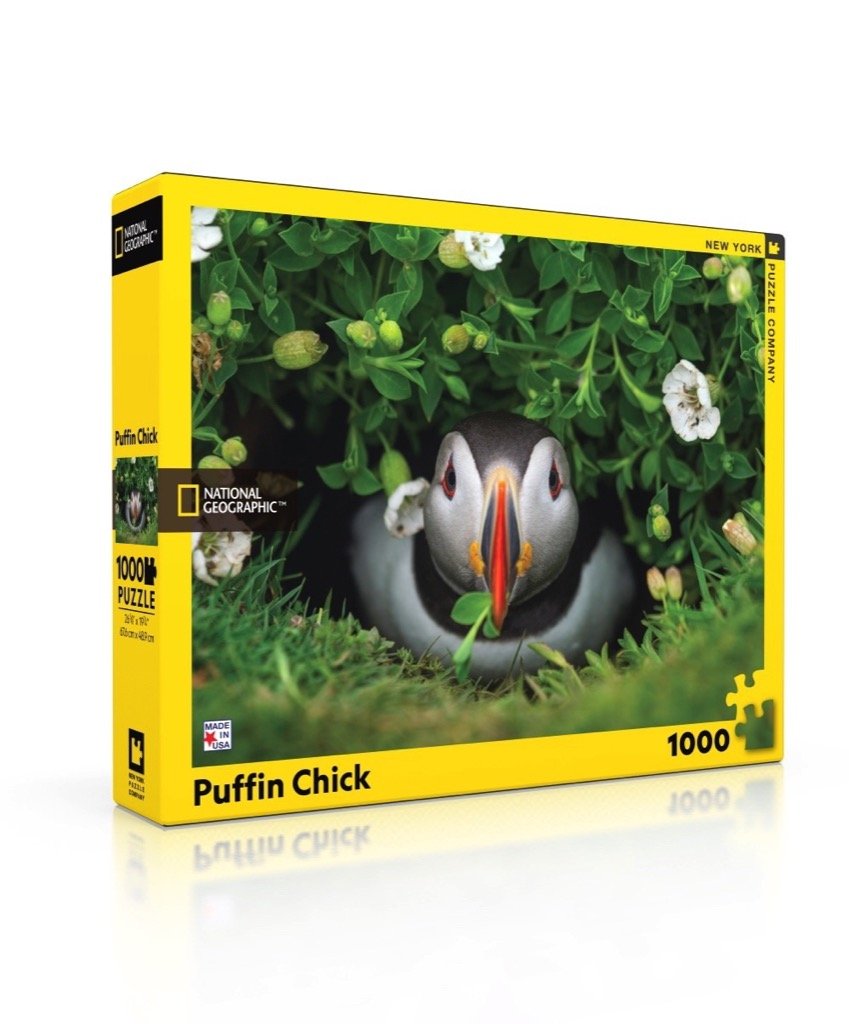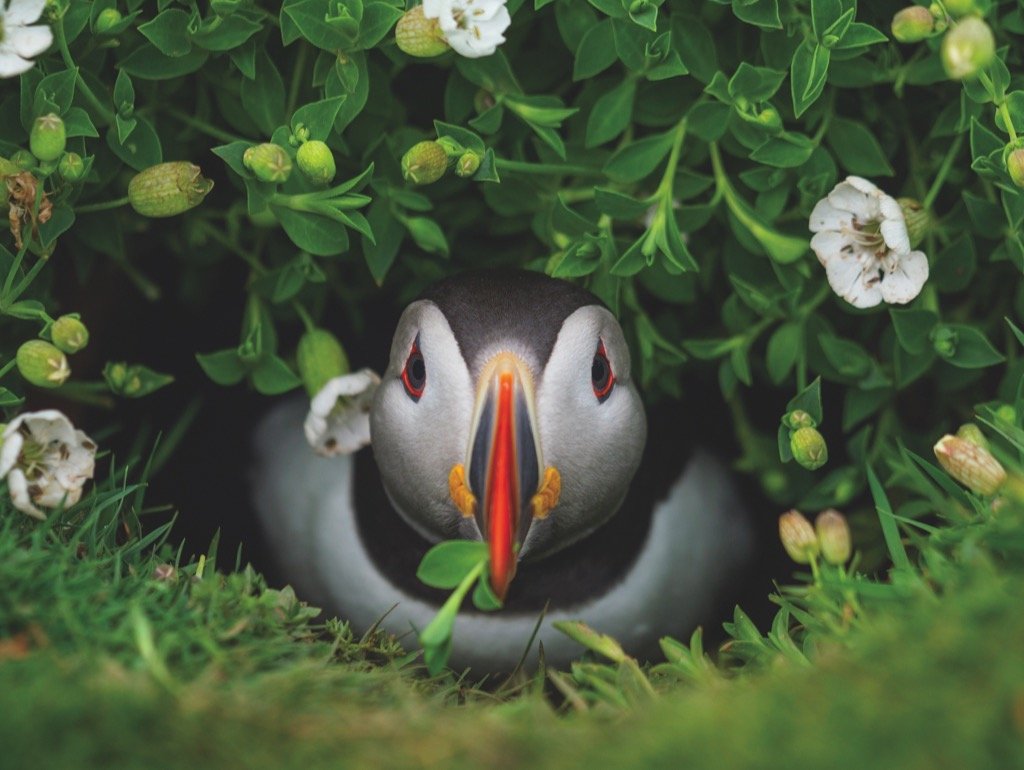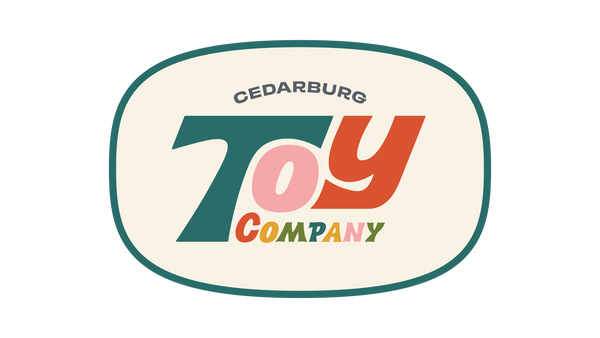1
/
of
2
New York Puzzle Co
PUFFIN CHICK 1000pc
PUFFIN CHICK 1000pc
Regular price
$20.00 USD
Regular price
Sale price
$20.00 USD
Unit price
/
per
Shipping calculated at checkout.
Couldn't load pickup availability
Share
Atlantic puffins (Fratercula arctica) have penguin-like coloring but they sport a colorful beak that has led some to dub them the “sea parrot.” These birds live most of their lives at sea, resting on the waves when not swimming. They are excellent swimmers, using their wings to stroke underwater with a flying motion and steering with rudderlike webbed feet. They can dive to depths of 200 feet, though they usually stay underwater for only 20 or 30 seconds. Puffins typically hunt small fish like herring or sand eels.
In the air, puffins are surprisingly fleet flyers. By flapping their wings up to 400 times per minute they can reach speeds of 55 miles an hour.
Atlantic puffins land on North Atlantic seacoasts and islands to form breeding colonies each spring and summer. Iceland is the breeding home of perhaps 60 percent of the world's Atlantic puffins. The birds often select precipitous, rocky cliff tops to build their nests, which they line with feathers or grass. Females lay a single egg, and both parents take turns incubating it. When a chick hatches, its parents take turns feeding it by carrying small fish back to the nest in their relatively spacious bills. Puffin couples often reunite at the same burrow site each year. It is unclear how these birds navigate back to their home grounds. They may use visual reference points, smells, sounds, the Earth's magnetic fields—or perhaps even the stars.
National Geographic Photography
1000 Piece Jigsaw Puzzle
Finished Puzzle Size: 26.625"x19.25"
Linen Style Finish to reduce glare
Made in USA
Recommended Age: 7+ Years
View full details
In the air, puffins are surprisingly fleet flyers. By flapping their wings up to 400 times per minute they can reach speeds of 55 miles an hour.
Atlantic puffins land on North Atlantic seacoasts and islands to form breeding colonies each spring and summer. Iceland is the breeding home of perhaps 60 percent of the world's Atlantic puffins. The birds often select precipitous, rocky cliff tops to build their nests, which they line with feathers or grass. Females lay a single egg, and both parents take turns incubating it. When a chick hatches, its parents take turns feeding it by carrying small fish back to the nest in their relatively spacious bills. Puffin couples often reunite at the same burrow site each year. It is unclear how these birds navigate back to their home grounds. They may use visual reference points, smells, sounds, the Earth's magnetic fields—or perhaps even the stars.
National Geographic Photography
1000 Piece Jigsaw Puzzle
Finished Puzzle Size: 26.625"x19.25"
Linen Style Finish to reduce glare
Made in USA
Recommended Age: 7+ Years




